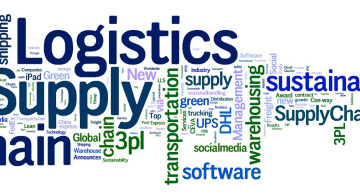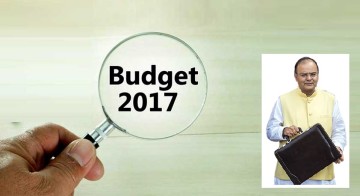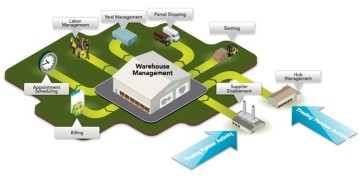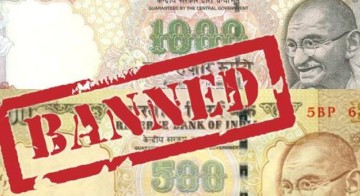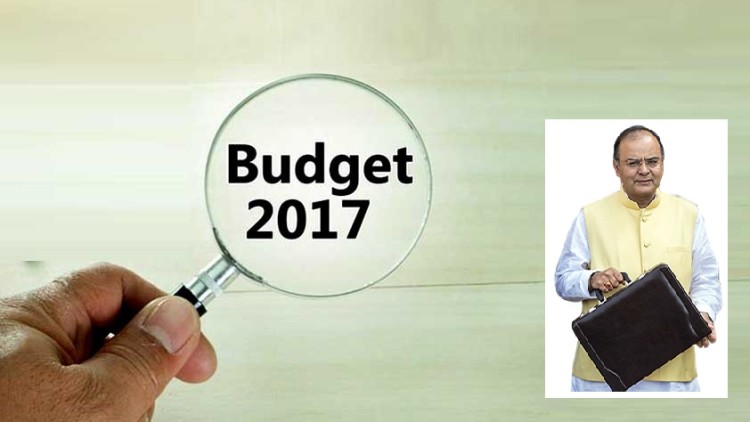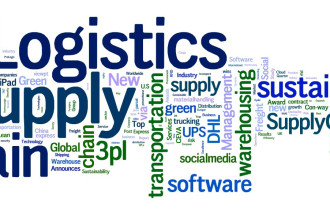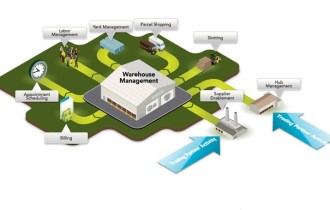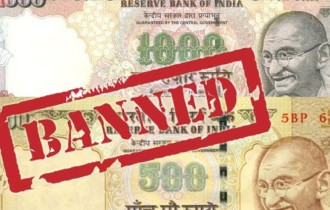What does Indian Budget 2017 offers to Supply Chain?
Union Budget or presenting the Finance Bill before the house is an annual exercise, where the Finance Minister puts before the Parliament the country’s budget for revenue and capital expenditure it also defines the Income projections. It is the most awaited economic event having a deep impact on the policies and vision of the businesses. This time the exercise was even bigger for India, as the railways budget was merged with the financial budget of the union, making it one gigantic exercise.
To give an impression the projected budget size is around 21.47 lakh crore INR*.
*https://testbook.com/blog/union-budget-2017-key-points-india/
Let’s see what the budget has in store for logistics and warehouse sector.
There was an overhang of the demonetisation of specified bank notes, which had an effect to halt the economy albeit temporarily and the enthusiasm to the roll out of Goods and Services Tax (GST).
The preparation of IT system for GST is on schedule with extensive reach-out efforts to trade and industry for GST is proposed to roll out from 01st July 2017.
The government has provided logistics players to partner with the Indian railways for selected commodities, providing back and front end connectivity. Rolling stocks and practices will be customized to transport perishable goods, especially agricultural products.
A specific program for development of multi-modal logistics parks, together with multi-modal transport facilities, will be drawn up and implemented which would indirectly make our economy more competitive.
For transportation sector as a whole, including railroads, shipping, the government has provided Rs 2,41,387 crores for the years 2017-18. This magnitude of investment will spur a huge amount of economic activity across the country and create more job opportunities.
The government had made a promise in Union Budget 2016 to double the income of farmers in the next 5 years.
The Government has made a conscious effort to reorient MGNREGA to support a farmer’s income. While providing at least 100 days employment to every rural household, MGNREGA should create productive assets to improve farm productivity and incomes.
The present budget did not tinker with any of the indirect tax rates in anticipation of roll out of GST with effect from 01st July 2017. Focused efforts are made to improve farm income and the budget provisions provide for more disposable income in the hands of working class. Reducing corporate taxes by 5% on MSME clocking turnover up to INR 50 crores would provide a major impetus to the small scale economy. The provision to boost capital expenditure and increased vigor on infrastructure would boost the economy.

